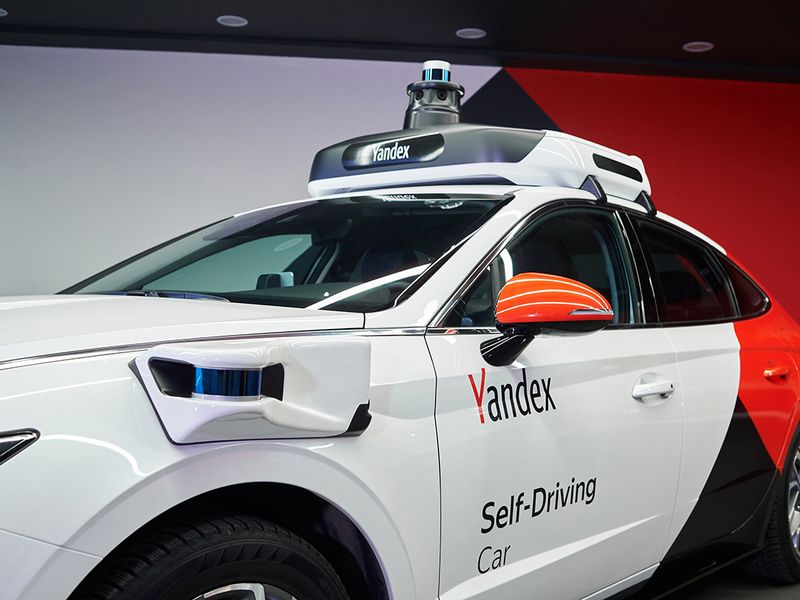
A Russian tech company with an extensive self-driving car test program will continue to make the Motor City its North American hub.
Yandex said Tuesday it will maintain a presence in Detroit and expand its fleet in the city once testing resumes after its coronavirus-related pause.
The company had been among those contracted to provide autonomous taxi services during the now-canceled North American International Auto Show this month. Michigan’s business-friendly laws made it an attractive location for a longer-term commitment, the company said.
“There are definitely more opportunities to test our technology in more of an autonomous mode there,” said Yandex spokesperson Yulia Shveyko. “I cannot tell you the concrete timing of when we will do what, but we plan to relaunch active testing, continue testing, and move to more and more autonomous driving.”
Starting in February, 10 of the company’s Toyota Prius V test mules roamed the city streets in preparation for the show. When testing resumes, they’ll eventually be joined by Hyundai Sonata test vehicles, which the company introduced Tuesday.
About 10 Sonatas are slated to join the Detroit fleet, bringing the company’s total test vehicles in the city to about 20 by the end of the year. Overall, Yandex says, it intends to double the size of its global self-driving fleet to 200 vehicles. The Sonatas have already hit the road as part of Yandex’s test fleet in Moscow and will be integrated into operations in Detroit and Innopolis, Russia. Yandex also conducts autonomous taxi testing in Tel Aviv, Israel.
The Sonatas mark the fourth generation of Yandex’s self-driving vehicle platforms. The new vehicles have hardware tailored for use in self-driving operations and were designed in conjunction with engineers from Hyundai Mobis, which formed a partnership with Yandex in March 2019.
“We were able to more closely integrate our technology into the traditional automotive systems and enhance our platform by applying our learnings from completing over 2 million autonomous miles,” Dmitry Polishchuk, head of Yandex’s self-driving division, said in a Medium blog post.
Specifically, engineers optimized steering and speed controls to be better utilized by computers instead of human drivers. The powertrain has been adapted to provide more energy to the power-hungry electronic systems. And heating, ventilating, and air-conditioning systems had to be reconfigured to accommodate computing systems in the trunk.
Yandex says it has improved the performance of its sensors from its previous-generation cars, most notably, increasing the number of cameras from six to nine. Radars were moved from behind the bumpers to a roof rack to help detect more objects around the vehicle and perhaps give the cars a better idea of traffic beyond the vehicles directly in front of them.
Two of the four lidar units have been located on stubby appendages that extend from the car’s body above the front wheels. They provide a wider field of view that enhances the ability to spot bicyclists approaching from behind, and to pull into and away from parking spots along city streets.
Collectively, the changes give the vehicles 360-degree coverage on all three sensor types. And they’re all intended to provide Yandex’s systems with more information on vehicle surroundings in congested, urban areas.
Yandex has been developing its own lidar since late 2019. For now, the vehicles use Velodyne units.
The upgrades come for a system that’s already tuned to be one of the most assertive virtual drivers on U.S. roads. At CES in January, Yandex delivered rides on congested Las Vegas streets with no human safety operator behind the wheel, the first company to do so during the annual technology showcase.
Tuesday’s developments are an indication that the company and Detroit will continue to play notable roles in the development of self-driving technology.